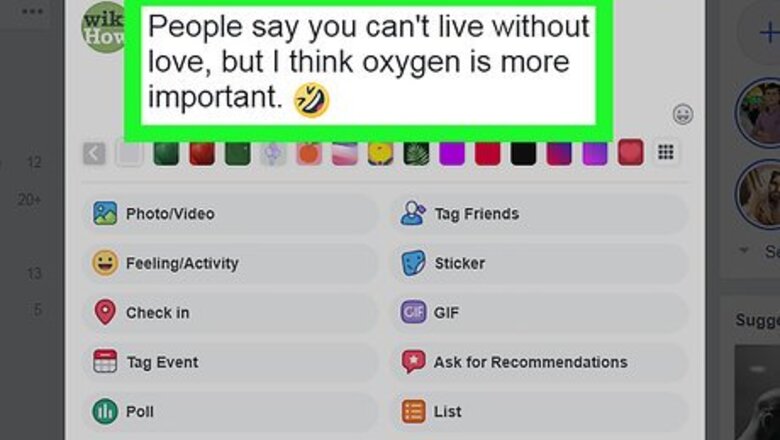
views
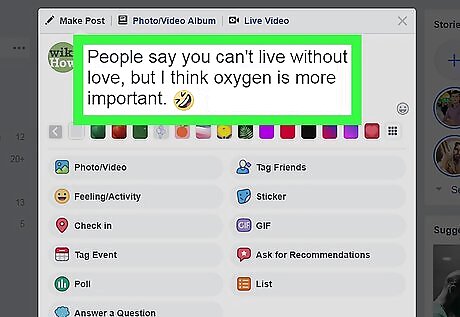
Understand what goes into a likable status. While there's no formula for a Facebook status which will get likes all the time, there are a few things you can always include to increase the number of likes you'll get: Humor — Jokes, funny commentary, satire, and the like are all welcome on Facebook. Images — Facebook users enjoy looking having a photo to look at in addition to your regular posts. This can be anything from a funny photo (see above) to a new profile photo. Relatability — While inside jokes and obscure references may fare well among your close friends, keeping your posts relatable will ensure that more people are included, thus allowing for more likes. Relevance — If you choose to post about current events or any other form of relevant occurrence, you'll usually notice more likes than if you talk about something dated.
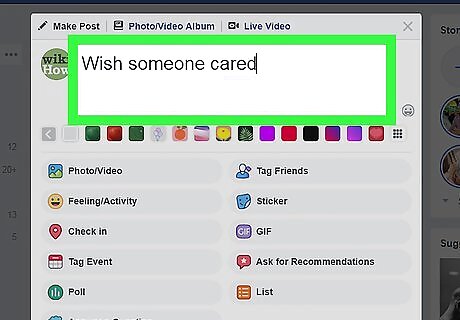
Know what to avoid. Just as there are posts which are well-received on Facebook, some topics are best avoided: Political posts — Even though political posts can be huge rallying points for like-minded friends, they also tend to alienate others and spark inflammatory or nasty comments. Unless you're positive that your friends are on the same page, avoid discussing politics on your page. Cries for attention — Attention-getting posts (e.g., "I'm so lonely" or "Wish someone cared") are generally ill-received by most people on Facebook. Asking for likes — Any form of asking for likes—be it a chain-mail sort of status or a motivational post (e.g., "Can we get 10 Christians to like this status?")—is usually a sure way to receive reduced (or no) likes. Incoherent or exclusive posts — As mentioned previously, posting an inside joke or an obscure reference may not net any likes. The same goes for vague, random posts (e.g., "Hmmm...wonder what you're thinking"). Large numbers of images — Posting one or two images with a few lines of text is a great way to engage your Facebook friends, but uploading several photos at once can cause people to skip the post altogether. Links to content — While you can post a link to a YouTube video or a website, doing so without providing an explanation of the link or a reaction to the content itself in the same post will usually turn people away.
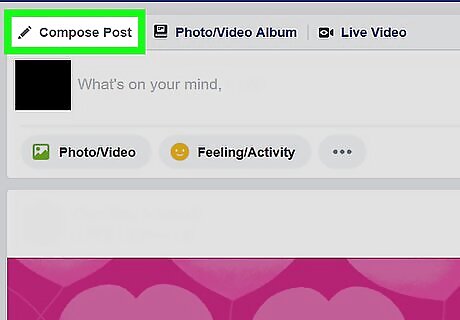
Post on Facebook often. You don't have to treat Facebook like your personal diary—even just posting once per day is enough to keep your Timeline filled with content. When posting, try to come up with unique, engaging content that makes your friends laugh (or cry, as the case may be). Posting more than two or three times per day can cause people to begin avoiding your content due to oversaturation, so don't post too often.
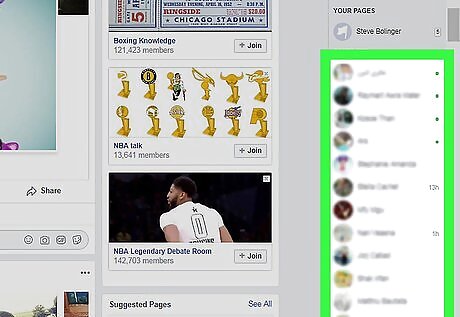
Try to post during times at which you know that your friends are active. You can see who's currently using Facebook on desktop by looking for green dots next to people's names in the right-hand sidebar. The largest cause for missed likes is bad timing, so always post when you know people will read your content rather than in the middle of the night.
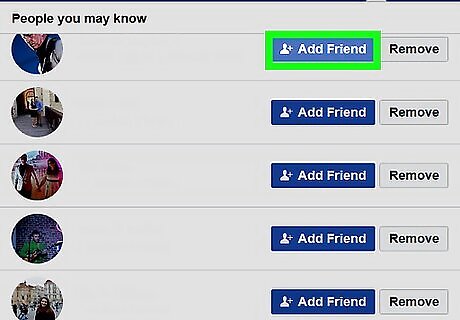
Add friends. If you only have a couple of friends on Facebook, they might not even see your content without actively visiting your profile page! The more friends you have, the greater the number of people who can see and like your posts. You should stick to adding people who you know in real life—or, in a pinch, friends of people who you know in real life.
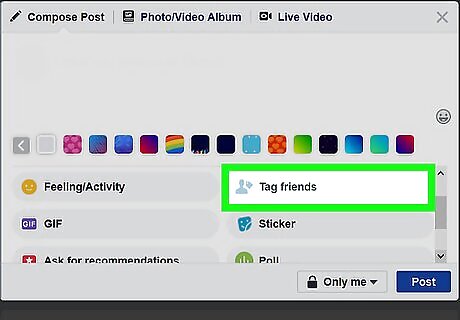
Tag people in your posts. Tagging someone in a post notifies them of the post itself, thereby increasing the chances that they will like it. It will also appear on their Timeline if they choose to allow it, meaning that more people will see the post. Exercise restraint when tagging—you don't want to overdo it and end up irritating or harassing your friends.
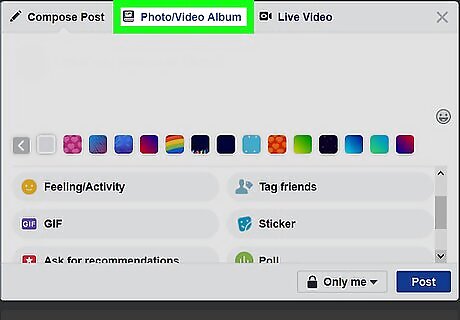
Upload photos and videos. While text-only posts have their place on Facebook, many people respond best to visual media like photos and videos. If you have an interesting item to share (e.g., a photo of an animal or a hike, or a video of the same), consider uploading it. Always include text along with the photo or video. It may be tempting to upload several photos at once, but try uploading one at a time to start. This will give people a chance to view and like the photo without having to navigate through an entire album.
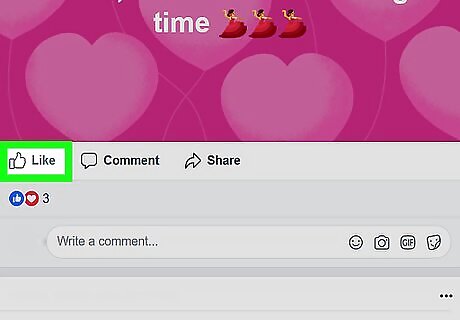
Like your friends' posts. This is a bit of an investment: when you like a friend's content, they will feel obligated to view (and potentially like) your content in return. Liking friends' content also shows Facebook that you want to see more from them, meaning that you both may see each other's content more often.
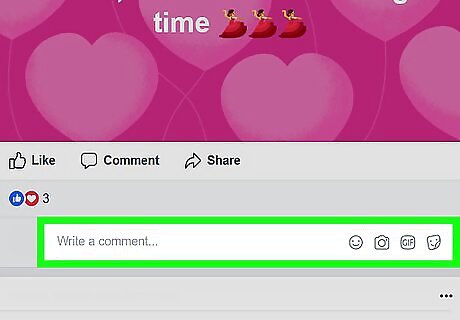
Add witty comments to friends' content. Just like statuses, you can receive likes on your comments. If you're able to drop a funny or thoughtful comment on a friend's status, you're all but guaranteed to get a like or two from them and their friends. The same goes for responding to friends' comments on your posts. If you respond to a friend, they may like your comment to show that they read and appreciated it.
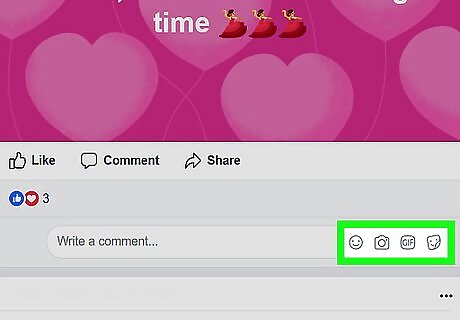
Interact with your friends. Although Facebook's exact algorithm for who sees your content isn't clear, there appears to be a correlation between people with whom you regularly interact and people who frequently see your posts in their News Feeds. You can increase the chances of friends seeing your content by liking and responding to their comments on your content (or on theirs). Liking and commenting on other friends' posts will also help your friends see your posts.
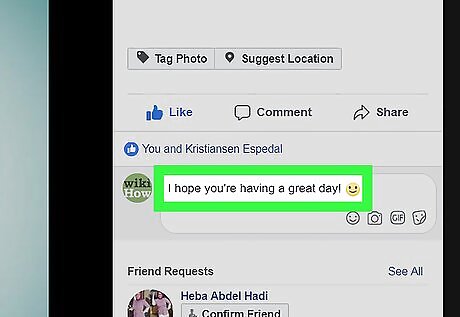
Be kind. Facebook can be a very toxic environment, so practicing kindness and empathy is both a good way to stand out and a much-needed break from the standard Facebook crowd for some people.












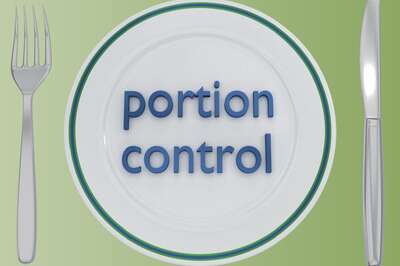



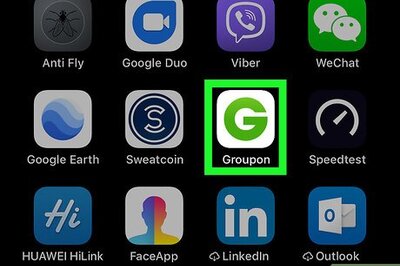


Comments
0 comment